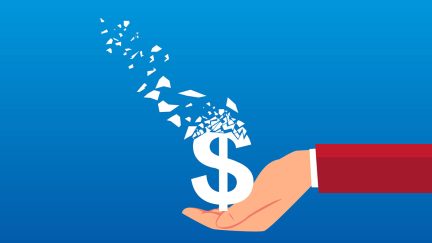Never miss a story — sign up for PLANADVISER newsletters to keep up on the latest retirement plan adviser news.
Compliance March 21, 2012
J.P. Morgan Settles Securities Lending Suit
J.P. Morgan Chase agreed to pay $150 million to
settle a lawsuit claiming losses from the bank’s securities lending program.
Reported by Rebecca Moore
The class action lawsuit over J.P. Morgan Chase’s investment in structured investment vehicle Sigma Finance Inc. through its securities lending program was brought by the AFTRA Retirement Fund; the Imperial County Employees’ Retirement System; and the Manhattan and Bronx Surface Transit Operating Authority Pension Plan (see “Court Certifies Class in J.P. Morgan Securities Lending Suit“).
The pension funds alleged that J.P. Morgan breached its Employee Retirement Income Security Act (ERISA) and New York state law-imposed fiduciary duties by investing in Sigma when it should have known that Sigma was a poor investment. Sigma collapsed in September 2008.
You Might Also Like:

401(k) Forfeiture Case Against Northrup Grumman Dismissed
A federal judge ruled that the company did not breach its fiduciary duties by using 401(k) plan forfeitures to offset...

J&J Employee Benefits Case Dismissed for Second Time
A federal judge ruled that allegations of Johnson & Johnson’s mismanagement of employee health plans’ prescription drug benefits remained too...

Plaintiffs Drop Appeal of Home Depot ERISA Case
A district court judge ruled that The Home Depot did not breach its fiduciary duties in its use of retirement...